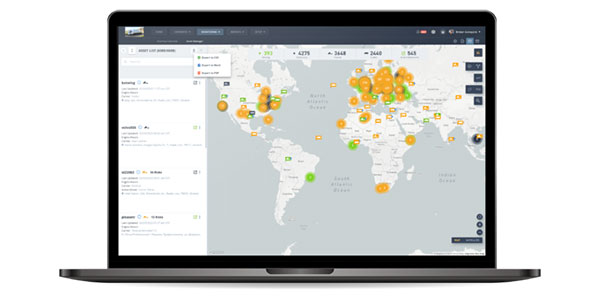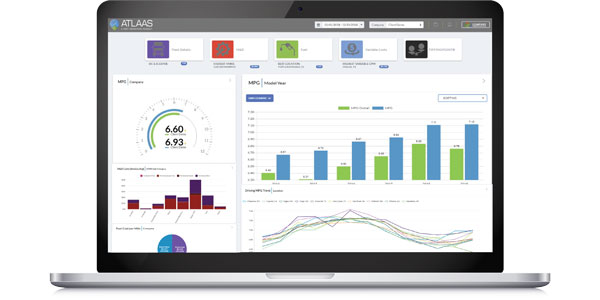I have some employees that just don’t seem to get it – I can’t get them to want to work. They tend to not follow company procedures and don’t do what is asked of them. If you also experience these common types of problems, read on.
Why do they occur? Probably because the people in charge have a tendency to avoid the tough conversations that are the fundamental to managing employees.
Technicians are a breed all their own. Most have come up though the ranks in non-structured environments. As a result, while they may not actually break the rules, they have a tendendency to do what they have always done in the past, which may not have any relationship with what they are being asked to do in their current position.
If there is no defined direction, they will fall back on past methods and experiences. If they are not given clear directions, they will follow their own direction until they are told – or convinced – to follow those outlined by shop management.
When things do not go as management assumes it should go, the technicians are blamed for whatever happens when the “rules” or shop procedures are not followed. To avoid misunderstandings and the problems that occur as a result of poor communication, it is important to institute regular (at least twice a year) employee evaluations.
I have noticed that most technician evaluations usually consist of a standard form designed by an outside firm. Items tend to be general and really don’t address “real life” shop concerns. As a result, they fall short of establishing the kind of goals needed by the shop doing the survey. So I suggestion an evaluation form that:
1. Details the top 20 items that are the most difficult to keep in line. List those and have a rating system, 1-10 for each of the 20 areas.
2. Totals 100 points, for easy math. As an example: housekeeping (10); paperwork (10); PM quality (10); quantity of tools (5); punctuality (5); personality (5); productivity (10); interaction qualities (5); loyalty (10), dedication (5); follows safety and compliance rules (5); etc.
Make the list fit your needs and concerns. A long time ago I had “keys” on the evaluation because we had a difficult time getting one of the technicians to take the keys out of the trucks and place them on a key board. You can adjust the value as you see fit to change or include areas of importance.
Now that you have a basic form, the next step is to let technicians do a self-evaluation. Once the technician has completed the self-evaluation using the form, sit down and go over each area with him or her. Discuss at length all the issues that need attention, and touch on those that do not need as much attention. If you agree with their rating of each area, there is little to discuss. However, if you disagree, then discuss and negotiate the ratings and change those rating based on your conversation with the employee. You may be surprised how the dialogue will lead into the issue(s) that you want to correct.
I have found that most technicians rate themselves as “perfect” in all areas until the discussion portion of the evaluation. That’s the point at which you can respectfully disagree and discuss the need for and the ways of improvement. Remember to note that all the items on the evaluation form can be addressed at the next evaluation time to check for improvement.
If the technician asks about a raise, and you feel there is room for improvement before a raise is given, the completed evaluation form is now a good tool that helps you point out the improvement needed as discussed. You can suggest the topic of a raise can be covered at the next evaluation. That evaluation date could be set at the end of the interview (six months, two months or whatever is needed). You also may choose to tell the technicians they may fill out another form when they think they have improved. However, make sure technicians understand that improvements need to be apparent and substantiated on the new form.
Remember that some employees need more time than others to digest the information shared in a constructive/motivational dialog. But establishing a minimum of 30 minutes might be a good length to start with for the evaluations.
Anyone who would like to have a copy the form I suggested may e-mail me at [email protected]. In addition, I would be glad to share more information on employee coaching styles. www.darrystuart.com.













